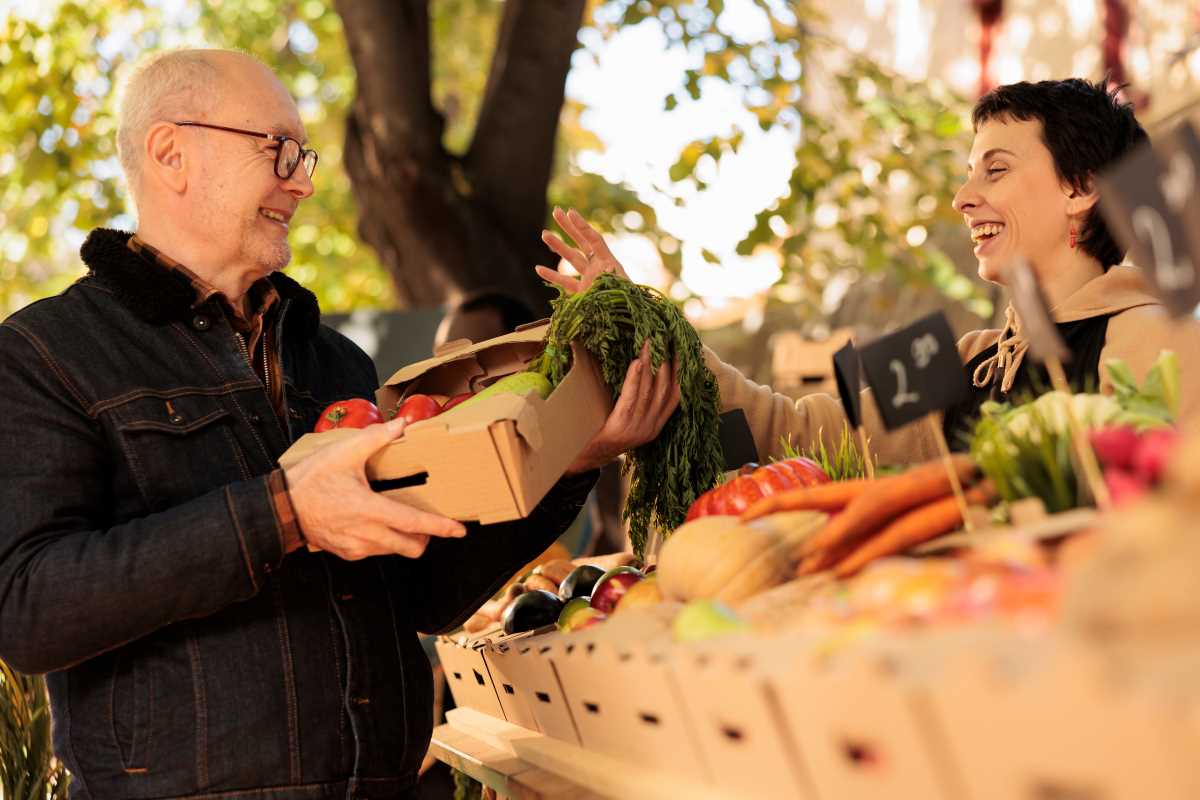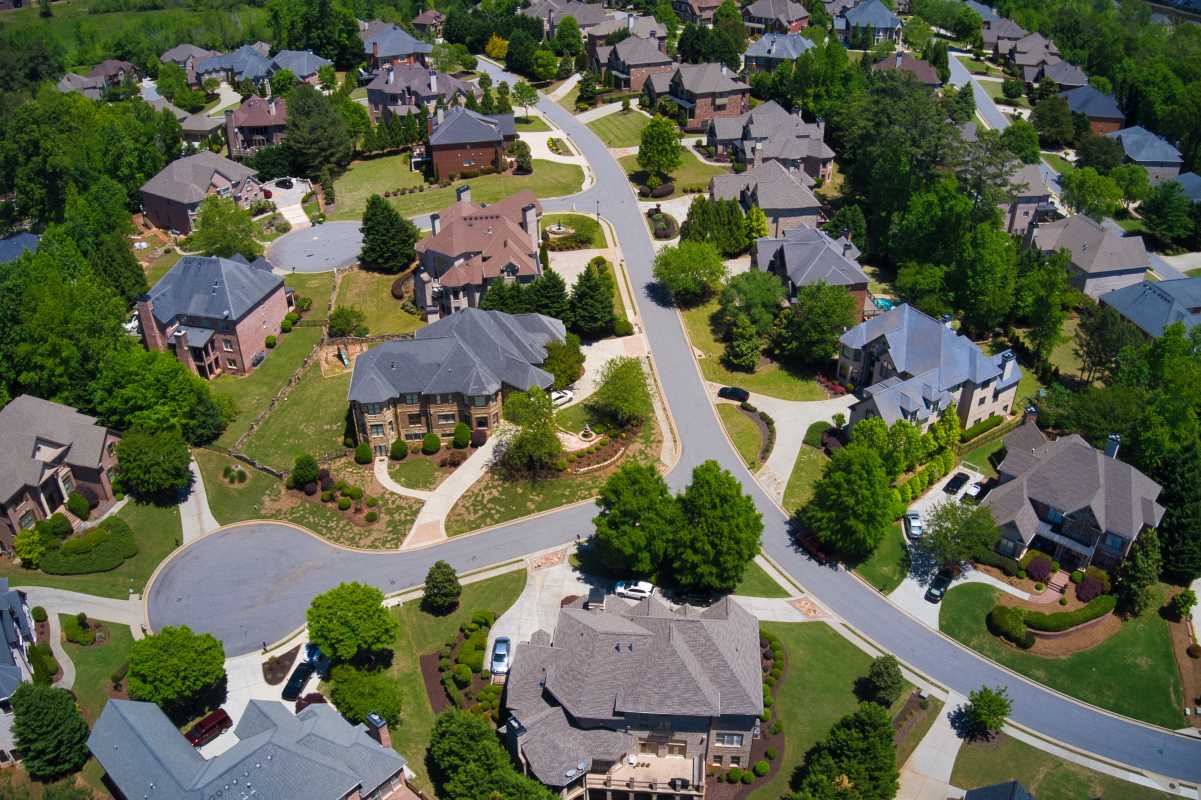Golden light streams through the front windows while neighbors arrive with trays of homemade treats, gathering on a shared porch. Friends and newcomers alike fill the air with easy conversation, laughter drifting beneath string lights strung high between sturdy oak branches. These evenings invite a natural sense of connection—people find themselves drawn together by curiosity and the hope of enjoying a memorable night. Bringing these moments to life starts with paying attention to the subtle routines that shape your community and welcoming others to join in, creating an atmosphere where everyone feels at home and engaged.
Ways to Find Neighborhood Spark Points
- Evening Garden Trails: Invite neighbors to stroll through curated flower beds and potted herbs, sharing discoveries of hidden fragrances and rare blooms. Each stop prompts a conversation, setting a curious tone that turns a simple walk into a living gallery illuminated by solar lanterns.
- Shared Recipe Swap: Lay out index cards and recipe snippets on a long table. Neighbors exchange childhood favorites, notes of spice ratios, and family anecdotes. This tangible recipe archive grows naturally, becoming a keepsake that deepens culinary connections.
- DIY Art Station: Provide simple canvases, paints, and brushes. Attendees contribute strokes to a communal mural. Over an afternoon, brushstrokes build into a vibrant tapestry that reflects diverse styles and shared laughter.
- Storytelling on the Steps: Arrange folding chairs in a semicircle around a small raised platform. Invite volunteers to share a cherished memory linked to the neighborhood’s history. Each story reveals hidden connections spanning decades.
- Neighborhood Soundscape: Ask participants to bring an instrument or simple percussion item. Combine voices, shakers, and strings in an impromptu jam session on the front lawn. The collective rhythm bonds people through creative collaboration.
Value in Everyday Encounters
When neighbors notice pockets of shared interest—such as a patch of sunlit lawn or a favored herb in a windowsill—they discover fertile ground for connection. Casual setups, like a chalkboard menu announcing the evening’s shared dish, generate collective anticipation. These moments avoid formal icebreakers, inviting people to contribute authentically to a communal atmosphere.
Every gathering does not have to revolve around grand gestures. Offering a simple craft corner or a communal garden harvest table shifts interactions from transactional chats to meaningful exchanges. These formats reveal stories, spark friendships, and build a subtle yet lasting sense of belonging that ripples far beyond a single sunny afternoon.
Practical Strategies for Planning and Outreach
- Stakeholder Mapping
- Steps:
- List every organization or individual involved in your project.
- Rank connections by influence and interest.
- Craft tailored outreach messages for each group.
- Cost: Use free spreadsheet tools to keep costs low and make the process accessible.
- Insider Tip: Map out less obvious allies, such as librarians and youth sports coaches, to expand your reach naturally.
- Steps:
- Interactive Information Sessions
- Steps:
- Pick a relatable scenario participants might face.
- Break into small teams to brainstorm solutions.
- Come back together to share ideas and refine them collectively.
- Cost: Community center booking fees usually stay under $50 per hour.
- Insider Tip: Use simple props or role-playing to keep energy high and ideas flowing.
- Steps:
- Targeted Digital Outreach
- Steps:
- Choose three local platforms where residents are most active.
- Write an initial announcement with clear calls to action.
- Monitor responses, reply within 24 hours, and share behind-the-scenes updates.
- Cost: Free or under $50 per post for ads.
- Insider Tip: Pin a welcome post and rotate a daily question to keep the conversation going.
- Steps:
- Pop-Up Collaboration Stations
- Steps:
- Secure a table or portable stand.
- Prepare simple prompts on sticky notes.
- Invite visitors to write ideas, drop them in a jar, and chat briefly about their thoughts.
- Cost: Budget around $30 for printed flyers and sticky notes.
- Insider Tip: Offer a small token—like a seed packet—to encourage conversation and follow-up.
- Steps:
- Community Ambassador Program
- Steps:
- Define ambassador roles and responsibilities.
- Host a kickoff meeting with clear guidelines.
- Offer ongoing check-ins and resource packs.
- Cost: Keep costs low by using donated space and digital toolkits.
- Insider Tip: Thank ambassadors with personalized notes and recognize their efforts at public events to keep morale high.
- Steps:
- Story-Driven Newsletters
- Steps:
- Interview a volunteer or attendee about a recent success.
- Highlight an upcoming event with an emotional appeal.
- Include a clear RSVP link and an inspiring closing message.
- Cost: Use basic email services for free to keep costs minimal.
- Insider Tip: Add a “behind the scenes” photo to make emails more authentic and increase open rates.
- Steps:
Practical Strategies for Planning and Outreach
- Stakeholder Mapping
- Steps:
- List every organization or individual involved in your project.
- Rank connections by influence and interest.
- Craft tailored outreach messages for each group.
- Cost: Use free spreadsheet tools to keep costs low and make the process accessible.
- Insider Tip: Map out less obvious allies like librarians and youth sports coaches to expand your reach naturally.
- Steps:
- Interactive Information Sessions
- Steps:
- Pick a relatable scenario participants might face.
- Break into small teams to brainstorm solutions.
- Come back together to share ideas and refine them collectively.
- Cost: Community center booking fees usually stay under $50 per hour.
- Insider Tip: Use simple props or role-playing to keep energy high and ideas flowing.
- Steps:
- Targeted Digital Outreach
- Steps:
- Choose three local platforms where residents are most active.
- Write an initial announcement with clear calls to action.
- Monitor responses, reply within 24 hours, and share behind-the-scenes updates.
- Cost: Free or under $50 per post for ads.
- Insider Tip: Pin a welcome post and rotate a daily question to keep the conversation going.
- Steps:
- Pop-Up Collaboration Stations
- Steps:
- Secure a table or portable stand.
- Prepare simple prompts on sticky notes.
- Invite visitors to write ideas, drop them in a jar, and chat briefly about their thoughts.
- Cost: Budget around $30 for printed flyers and sticky notes.
- Insider Tip: Offer a small token—like a seed packet—to encourage conversation and follow-up.
- Steps:
- Community Ambassador Program
- Steps:
- Define what ambassador roles and responsibilities entail.
- Host a kickoff meeting with clear guidelines.
- Offer ongoing check-ins and resource packs.
- Cost: Costs stay low if you use donated space and digital toolkits.
- Insider Tip: Thank ambassadors with personalized notes and recognize their efforts at public events to keep morale high.
- Steps:
- Story-Driven Newsletters
- Steps:
- Interview a volunteer or attendee about a recent success.
- Highlight an upcoming event with an emotional appeal.
- Include a clear RSVP link and an inspiring closing message.
- Cost: Use basic email services for free to keep costs minimal.
- Insider Tip: Add a “behind the scenes” photo to make emails more authentic and increase open rates.
- Steps:
Helpful Tips for a Smooth Event
Select a location that feels welcoming—driveways, wide sidewalks, or a neighbor’s yard easily serve as natural gathering spots. Check local guidelines about noise limits and shared spaces to prevent surprises.
Arrange seating clusters around activity zones, instead of lining chairs in a row. This setup invites natural conversation circles and keeps energy flowing.
 (Image via
(Image via.jpg)





